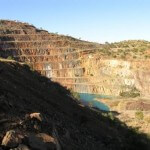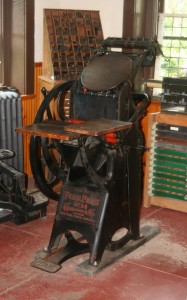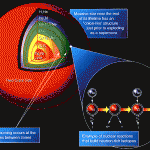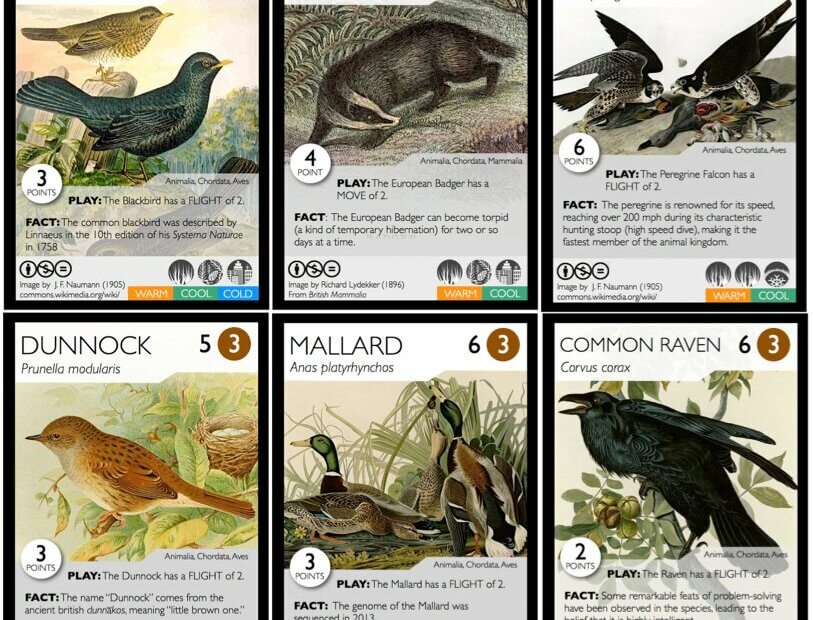My alma mater’s policy on quotation is (loosely paraphrased): “Please for the love of all that is good and pure in the universe, properly attribute all words from external sources so that we don’t need to award you a special mega-F and chisel your academic malfeasance into your headstone.” Point being, at least in my experience, talking to students about quoting is mostly a matter of begging them to actually do it rather than plagiarizing. At no point in my undergrad career did anyone explain the concept of “academic fair use” to me. I happily typed away, quoting (and properly citing, of course) to my heart’s content.

The thing about academic fair use is that it only covers you when you’re writing for a school of some kind. Even if you’re absolutely faultless in attributing the words you use, the sources from which you derive them and the use to which you put them both bear on what you’re allowed to do. You might need to ask permission to reproduce certain content or certain quantities of it. It’s also possible, depending on what you want to do, that the rights-holder will be entitled to compensation.
The first question I imagine most people will have is, “What are the circumstances under which I can just use whatever I want without asking or paying anyone?” The answer to that is public domain. If the copyright has lapsed, or if the creator has voluntarily released the work into the public domain, then you’re free to do as you like with it. Be aware, though, that Creative Commons is not the same thing, and many of those licences come with conditions—though conveniently, many have attribution as the principal requirement. Also be aware that what constitutes public domain varies among countries, since they have different rules about when rights lapse.Read More »Copyright: Quotes





